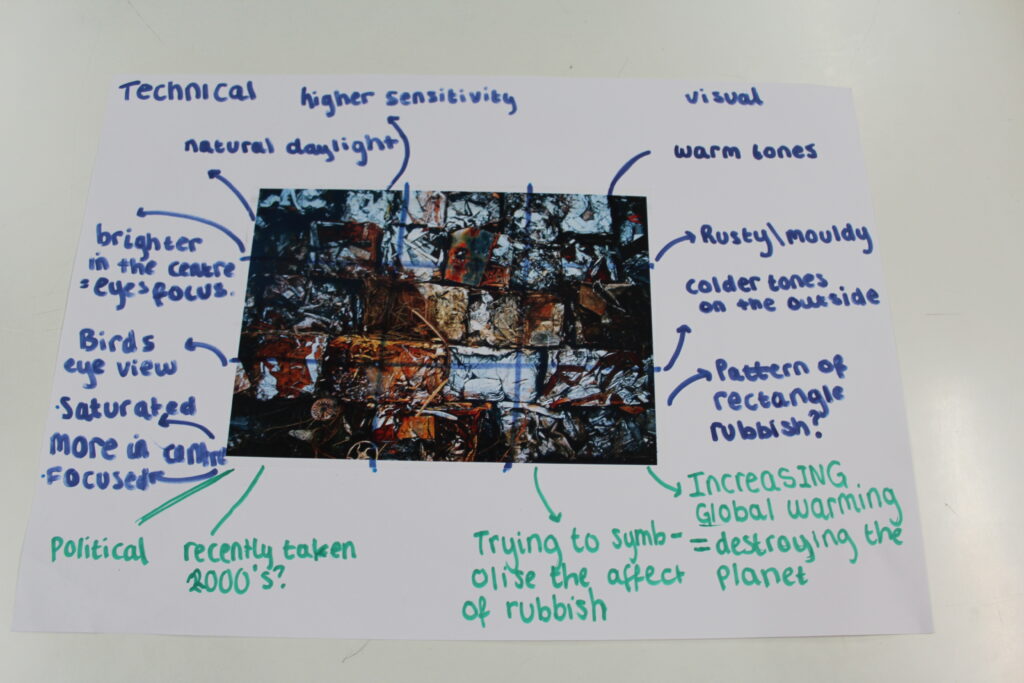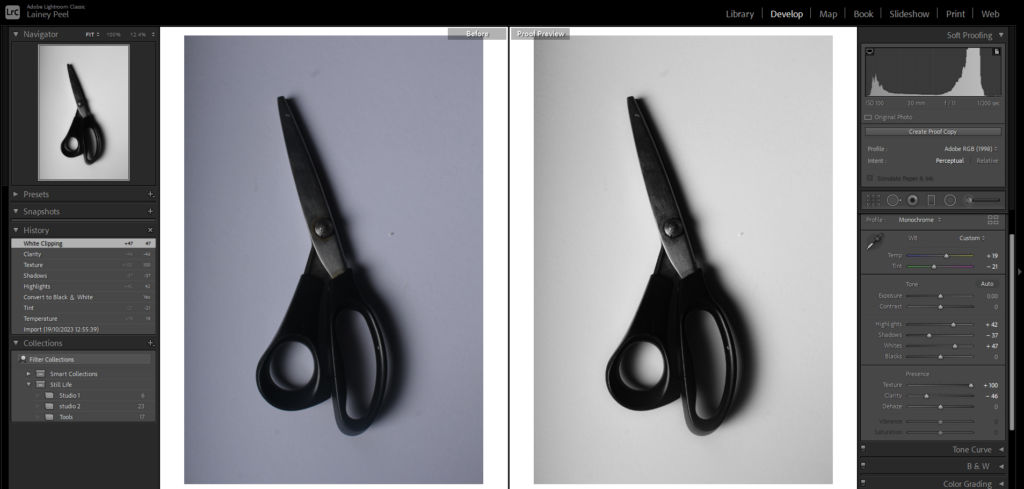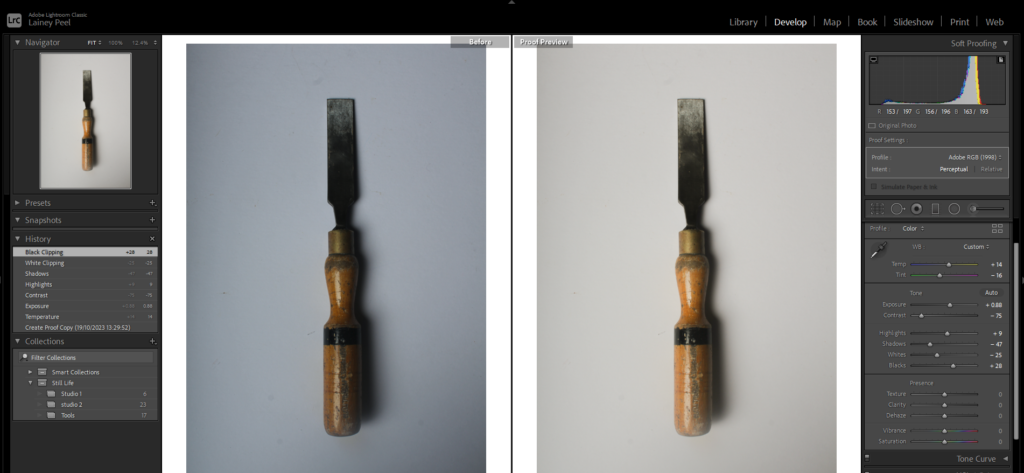
There are seven basic elements to photographic art in formalism. Formalism is that photographers have to impose order, bring structure to what they photograph. ” A photograph without structure is like a sentence without grammar.”
These formal and visual elements (such as line, shape, repetition, rhythm, balance etc.) are shared with other works of art. But photographs also have a specific grammar – flatness, frame, time, focus etc.
The seven basic elements of formalism are:
Line- line is one of the most important elements considered in photography, as they guide the eye around the image. improper arrangement of lines can take away the strength of the subject matter of the photo. Lines are either straight, curved, or a combination of the two. Lines can be solid, dashed or interrupted, implied, or psychological. They can be vertical, horizontal, or somewhere in-between. Lines are either straight, curved, or a combination of the two. Lines can be solid, dashed or interrupted, implied, or psychological. They can be vertical, horizontal, or somewhere in-between.
Shape– shape in photography is the 2D appearance of objects captured by the camera. Shape can be highly influenced by the lighting of your photo: by taking a photo where the shape is emphasised, place the lighting either directly in front or behind the object. There are two basic types of shapes: geometric (or regular) and organic. We all know geometric shapes—circle, square, triangle, dodecahedron, and so on. We are also familiar with organic shapes—the outline of a bird, elephant, flower, tree, etc. Fluids can create organic shapes that cannot be permanently defined—the shape of a cloud or a rain puddle, for instance.

Form– form refers to when shape takes on 3D. Form is created by shadows and highlights on an object in the photograph. Form is very important, because without the 3d effect, most images can look flat and dull.
Texture- texture in photography refers to the visual quality of the surface of an object, revealed through a variety of colour, tone and depth. texture brings life and vibrancy to images which would otherwise appear uninspiring and perhaps boring.
Colour– colour is one of the main compositions a photographer can use in their images, as other elements such as tone and mood are dependent on it. How a photographer combines various colours in their work has an influence on how the viewer looks at the image, and how they evoke emotion.
Size– size in photography is the term given to describe the height and width of an image, although it can be manipulated by the camera. Larger camera sensors gather more light, which is excellent for low light photography.
Depth– simply, depth of field in photography is how much your image is in focus. It is the photographers job to tell a story through their images, so how the image is focused is important for the photographer to consider. If an object is close to the camera and is in focus, the photographer is telling the viewer where to look.
Photo Literacy – Superficially, it might suggest an ability to ‘read’ a photograph, to analyse its form and meanings. But what about the making of photographs? We would argue that literacy is more than just a command of the mechanics of a particular ‘language’. It also takes into account fluency of expression and sensitivity to material. Words and images are different. A photograph of a particular subject is different to a description of the same subject in words. It is surely possible to see, understand and appreciate a photograph without the need for words. And what about the other possible ‘literacies’ such as emotional and physical literacy?

My own inspired photo:


